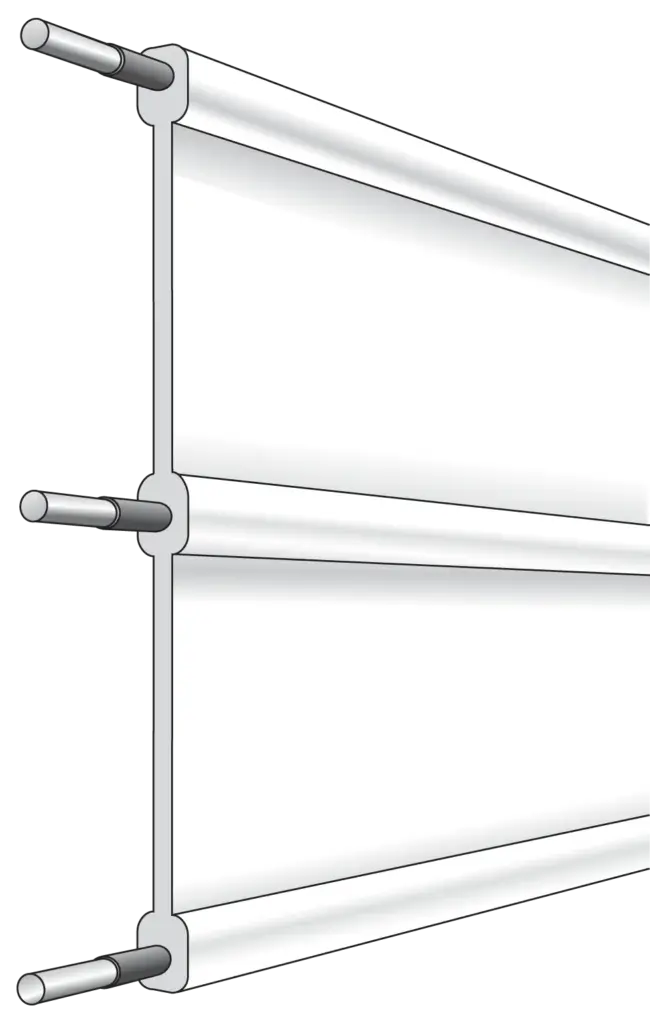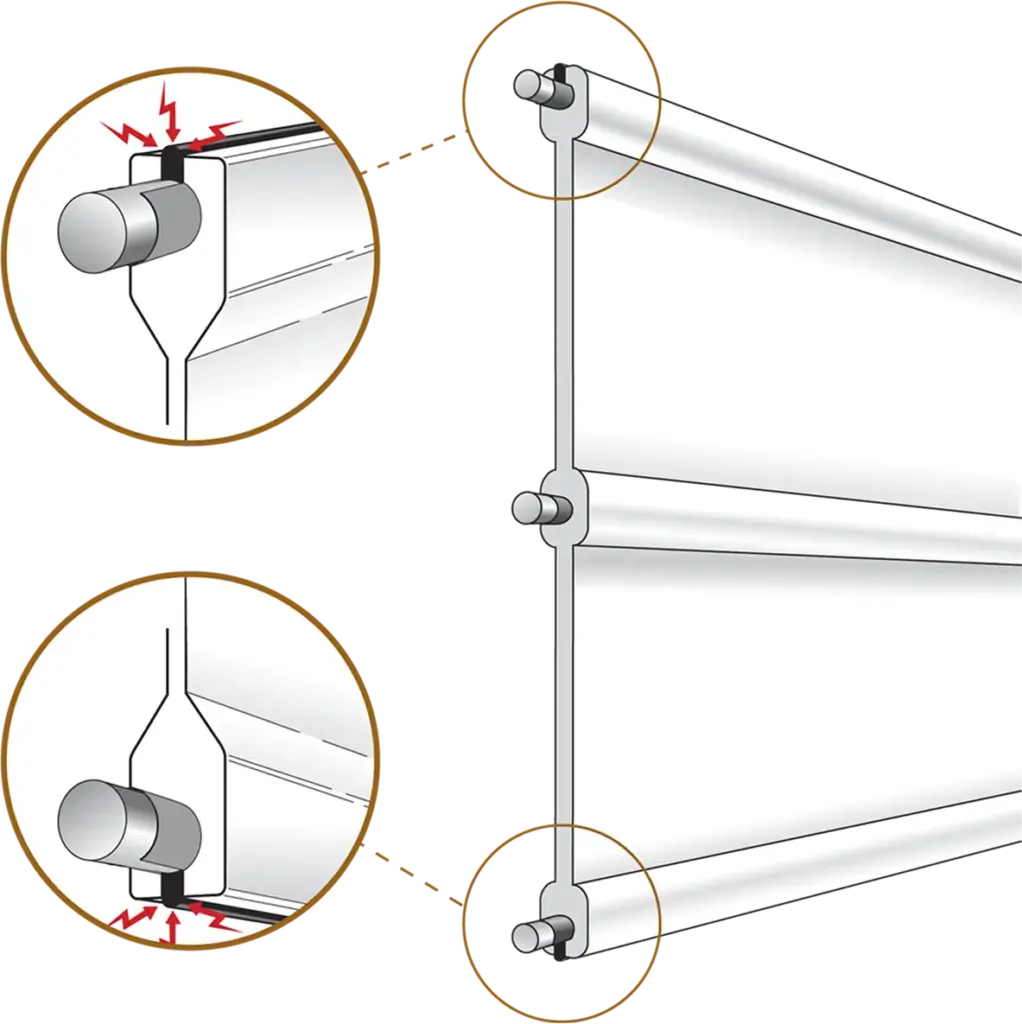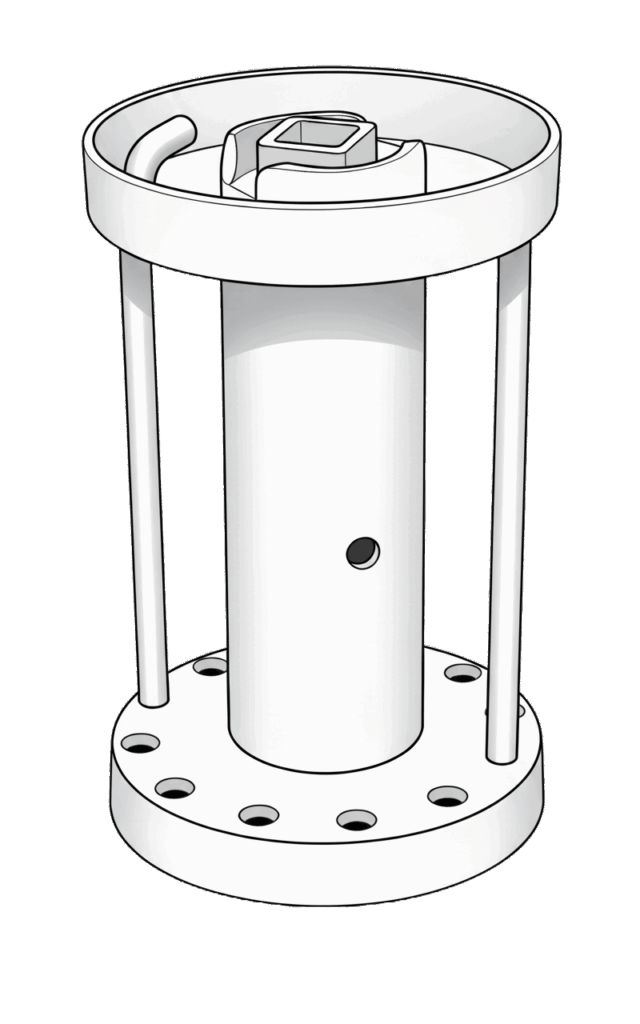Horse Fencing
Browse Horserail fencing options available to create a safer and more durable fence for your property

Rail, Non-Electric
Horserail®
Standard rail system with no electric functionality

Rail, Electric Top
HotTop®
Rail system with electrifiable top strip for added security

Rail, Electric Top & Bottom
HotTop Plus®
Maximum protection with top & bottom highly-conductive carbon strips

Coated Wire, Non-Electric
Horsecote®
Safer wire system without electric function


For Rail & Coated Wire
Hardware
Eliminates sharp edges along the fence line. Engineered for durability & quick installation
How to get Horserail Fencing
1
Configure Your Fence
Answer a few questions about your fencing project
2
Refine Your Layout
A local expert will reach out to finalize your layout and answer questions
3
Get Your Estimate
We’ll help you determine the exact materials needed and provide a quote
4
Installation
Your distributor can help you find a contractor, or you can install it yourself
Frequently Asked Questions About Horserail Fencing
How much does Horserail® cost?
The cost of Horserail varies widely depending on your fence configuration and layout. Factors such as the number of rails or strands of wire, post spacing, gates, cross-fences, and more all affect the final price. To get an exact quote for your project, request a fencing estimate. When you request an estimate you will be connected to a local expert who can answer all of your questions about price and can tailor a solution based on your budget.
How long will Horserail® last?
What post spacing can I use?
For rail fences, we recommend post spacing of 8–12 ft (2.4–3.6 m).
For coated wire fences, recommended post spacing is 8–20 ft (2.4–6.1 m).
As a general rule, the more pressure your fence is likely to experience, the closer your post spacing should be. You can find more detailed fence specifications on our website here.
How much does professional installation cost?
The cost of installing a horse fence depends on materials, layout, and labor. A good rule of thumb is that professional installation typically runs 1 – 2 times the cost of the fence materials.
Many customers install their fences themselves, especially if they have some DIY experience. If you’re unsure, you can also hire a contractor just to set the posts and handle the groundwork, then install the rail or coated wire yourself.
Before deciding, review our installation guides and videos to see whether a DIY approach or hiring a professional is the better fit for you.
Can I build Horserail myself?
Many customers install their fences themselves, especially if they have some DIY experience. If you’re unsure, you can also hire a contractor just to set the posts and handle the groundwork, then install the rail or coated wire yourself.
Before deciding, review our installation guides and videos to see whether a DIY approach or hiring a professional is the better fit for you.
Does it work with any energizer?
Horserail® is non-conductive, but we offer HotTop® and HotTop Plus® rails, both of which can be electrified. We also manufacture Hotcote®, our electrifiable coated wire.
All of our electrifiable rails and coated wire work with any low-impedance energizer. Be sure your energizer can supply enough charge for the full length of your fence.
Aim for a consistent voltage of 2,000–3,000 volts around the entire fence line.
As a general rule of thumb, choose an energizer with 1 joule of output per mile (1.6 km) of fence.
Will it keep my horses in?
Yes. A properly installed Horserail® fence will have no trouble keeping your horses contained. Each rail has a breaking strength of 4,200 lb (1,905 kg). It will flex 6–8 inches on impact, but the high-tensile wire prevents the fence from stretching or losing tension.
Will it keep in animals besides horses?
Yes. A properly installed Horserail® fence will have no trouble keeping your horses contained. Each rail has a breaking strength of 4,200 lb (1,905 kg). It will flex 6–8 inches on impact, but the high-tensile wire prevents the fence from stretching or losing tension.
How does it compare to other fences?
Horserail® reduces many of the safety risks that come with other types of fencing, such as broken boards, splinters, and sharp edges.
The cost is also an improvement. There are no boards to replace, no painting to keep up with, and lower vet bills.
Horserail® can even add value to your property. Some customers have taken their Horserail® with them when they moved because it lasts so long and can be reinstalled.